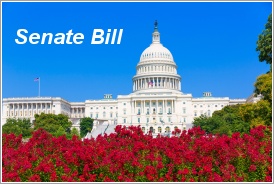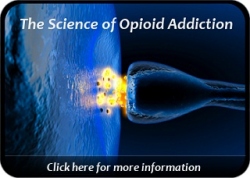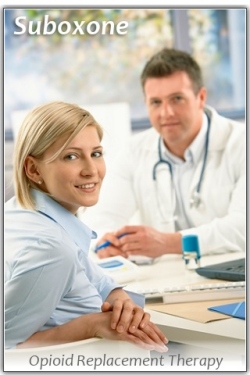 PBS’ Frontline series of specials just aired a compelling documentary by the name of Chasing Heroin. The two hour investigation profiles a number of individuals who became addicted to opioids, some of whom chose methadone or suboxone to help them successfully manage their addictive disorder.
PBS’ Frontline series of specials just aired a compelling documentary by the name of Chasing Heroin. The two hour investigation profiles a number of individuals who became addicted to opioids, some of whom chose methadone or suboxone to help them successfully manage their addictive disorder.
The documentary highlights that addiction is best addressed as a medical illness instead of a punishable criminal act. There is widespread consensus today that putting large numbers of people in prison for drug use has not been an effective approach to the problem of drug addiction.
Incarcerating users is very costly and ultimately does not lead to remaining drug free once released from prison. For those suffering with a chronic opioid addiction, medication assisted treatment has become the standard of care proven to be most effective – particularly for those individuals who have tried others forms of treatment that did not work.
The Frontline documentary linked above is very informative, but please be forewarned that it does display vivid scenes of drug use that some viewers may find disturbing. So please exercise appropriate caution before viewing.

 Follow
Follow

 NBC News
NBC News The growing problem around opioid addiction continues to receive coverage in the media, and it has become a topic of discussion on the campaign trail because candidates are being approached throughout the country by concerned families and citizens.
The growing problem around opioid addiction continues to receive coverage in the media, and it has become a topic of discussion on the campaign trail because candidates are being approached throughout the country by concerned families and citizens. An article in the
An article in the 



